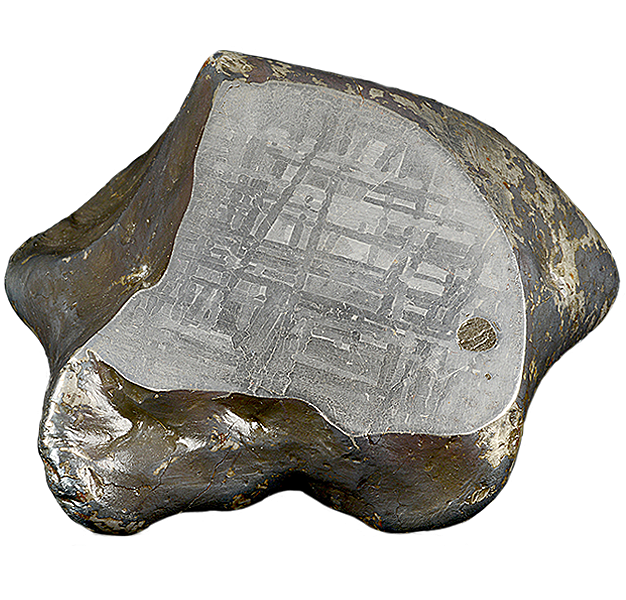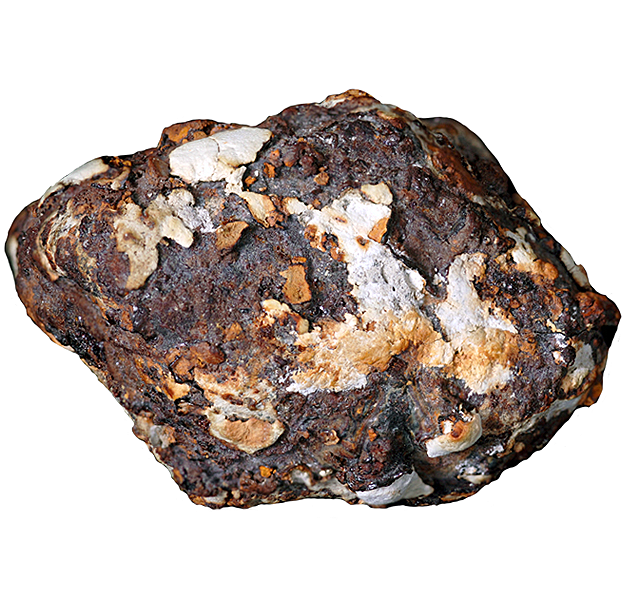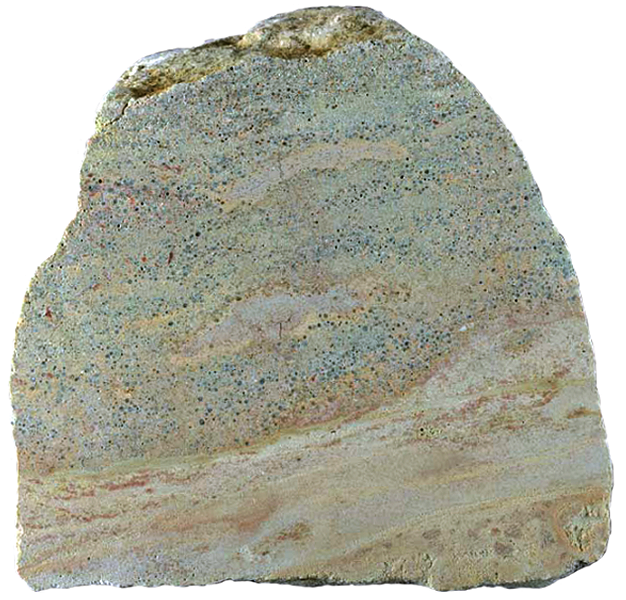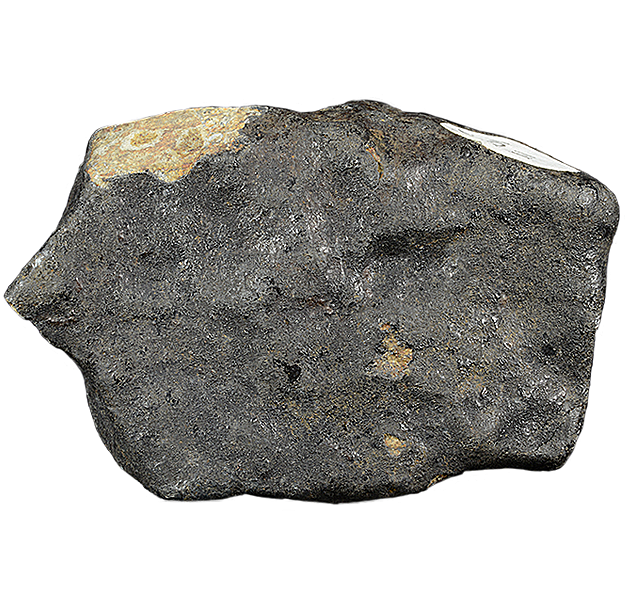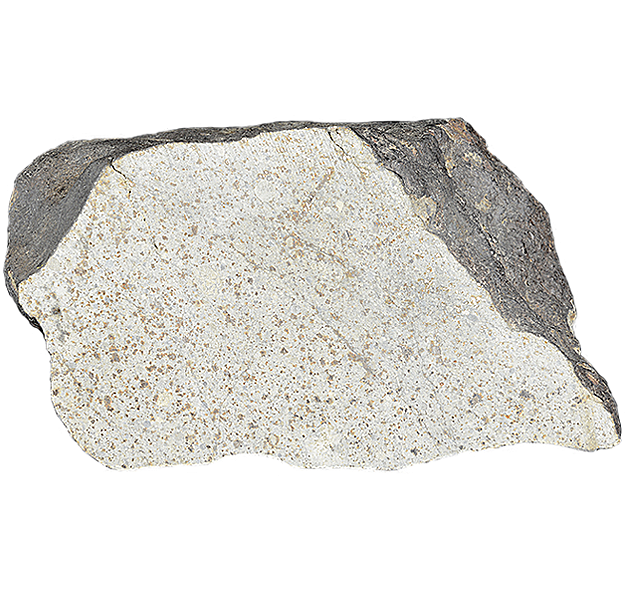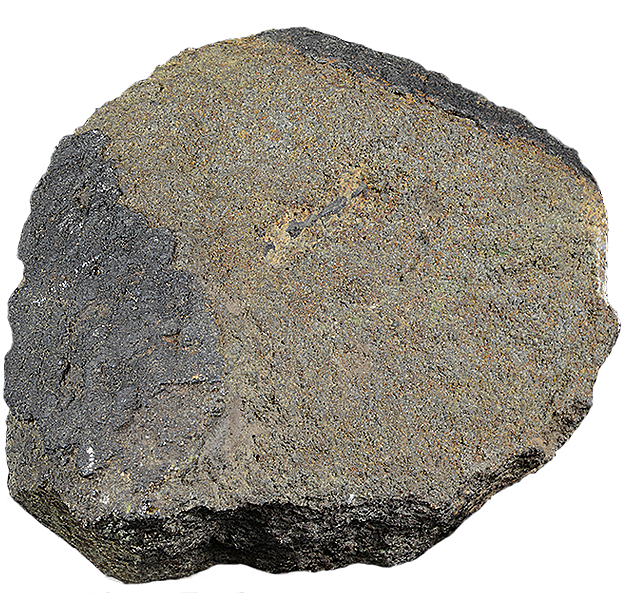
Fact sheet
The Dundrum meteorite was seen to fall on August 12th 1865 after detonations ("like the shot out of a cannon") had been heard. It is an ordinary chondrite weighing 2.27 kg.
Dundrum is near Cashel in County Tipperary, Republic of Ireland.
The Dundrum meteorite is classified as an H5 (veined), meaning it has a high iron content (12-21%) and indistinct chondrules (round features consisting of olivine and pyroxene crystals). Look in PPL to see fragmented and distorted chondrules (rotation 1) and crystals of olivine (rotation 2). As this is not a polished section a reflected light view is not possible - however, look at the black areas in PPL to see the location of metallic iron and troilite.
See also:
http://www.bimsociety.org/bim3.shtml
http://www.lpi.usra.edu/meteor/metbull.php?code=7745
Specimen: BMT145
Thin section:
This Collection consists of meteorites that have fallen in Great Britain and Ireland and which are now preserved in museum collections. We have also included samples of the two known meteorite impact deposits in the UK.
The Natural History Museum in London offers more information about meteorites and meteorite categories; there is more information about its meteorite collections here.

